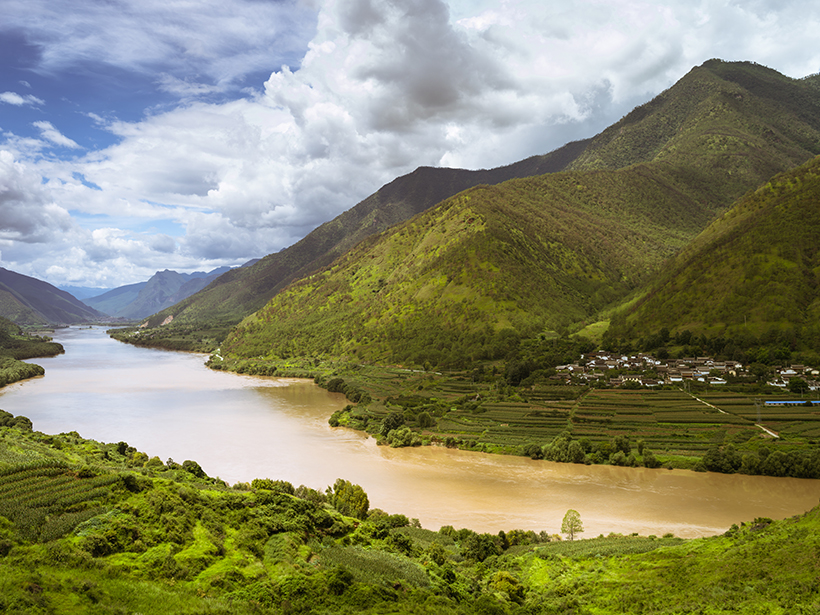Floodplain storage of water, nutrients, and sediment is critical to sustaining river ecosystems but has been reduced by human activities.
E. Wohl
Posted inEditors' Highlights
Hydropower and Bugs
Alpine hydropower plants commonly flush sediment that accumulates at intakes, but the associated rapid rise in discharge, turbidity, and streambed instability put aquatic insects at risk.
Posted inFeatures
Forgotten Legacies: Understanding Human Influences on Rivers
Logging, urbanization, and dam building are a few ways people have significantly altered natural river ecosystems. Understanding that influence is a grand challenge of our time.



